Category: suburbs
How Millennials are Influencing the Multifamily Housing Market
Millennials are moving out of their parents’ houses in favor of multifamily communities. A strong economy is one factor, and Millennials are renting more than buying. This bodes well for multifamily operators who are seeing an influx of tenants to major municipalities, as well as smaller cities and suburbs. Let’s take a closer look at how Millennials are influencing the multifamily housing market.
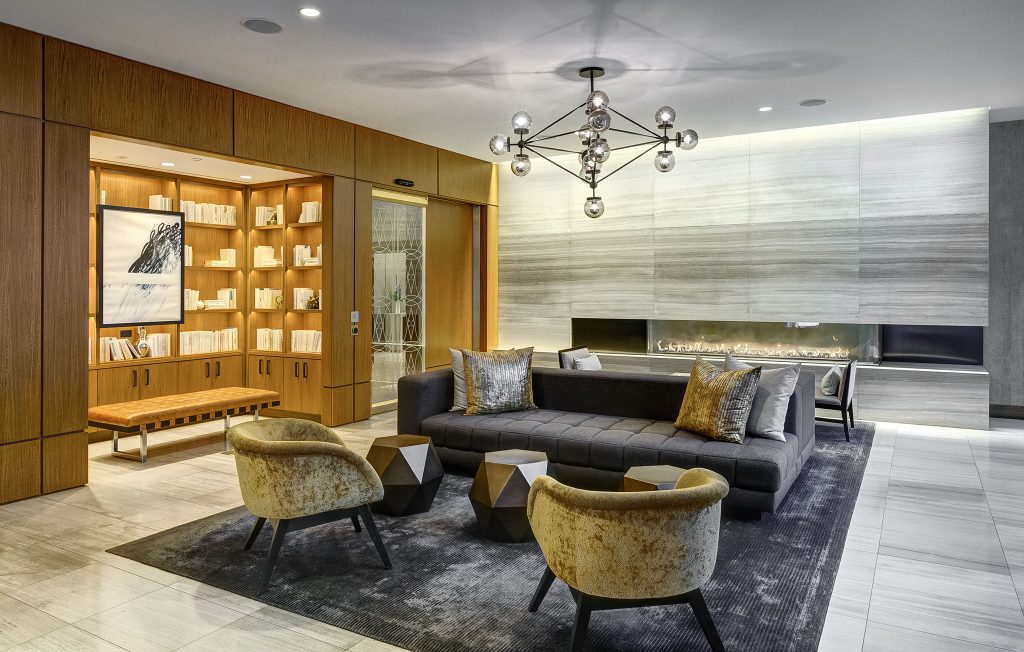
Secondary Market Boom
“Maturing Millennials” or those around age 34 are having babies at a higher rate compared to the rest of their generation. As we’ve previously written, they are influencing the urbanization of the suburbs movement by seeking more space in markets they can afford in so-called second tier municipalities. As Building Design + Construction reports, “…while Millennials are moving out of their parents’ houses and into multifamily developments, the developments that they want are in secondary and suburban communities where they can afford larger, more affordable space. This means they’ll be looking for mixed-use suburban locations with a bit of urbanism, as well as transit-oriented developments so they can get to work in urban commercial centers.”
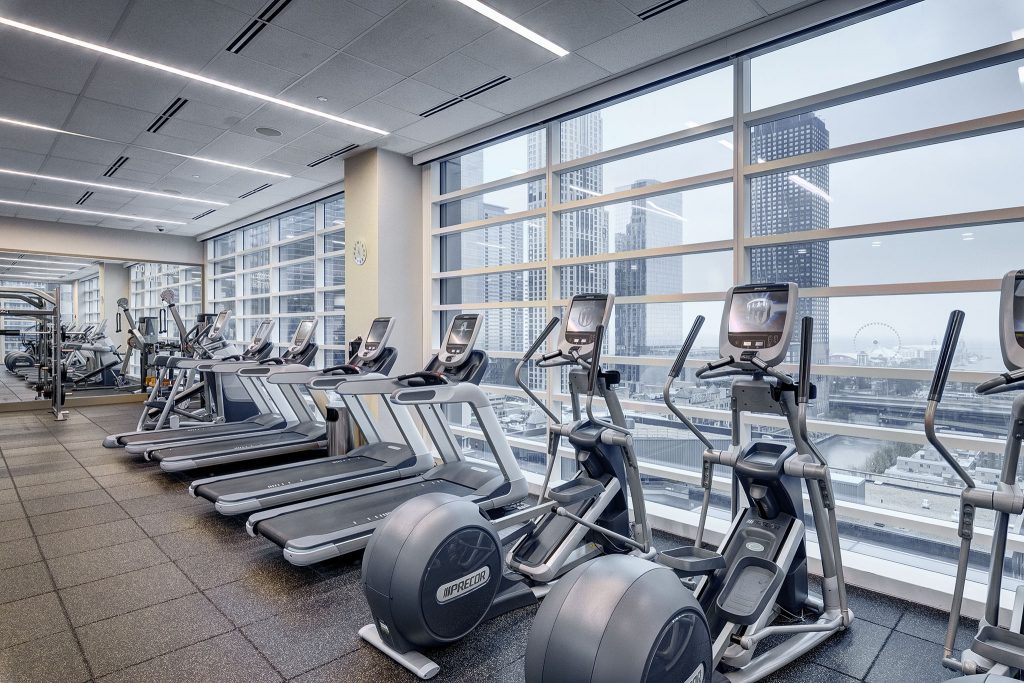
Specific AmenitiesFor those Millennials who aren’t ready to start a family, unit space goes by the wayside in exchange for top-notch amenities, especially in market rate multifamily properties. As we’ve previously covered, and according to the National Multifamily Housing Council, Millennials rank the following as the most desirable amenities: rooftop decks, outdoor kitchens, fitness centers, bike stations, yoga studios, and updated package centers.
Millennials also don’t overlook lobbies. “An active, inviting lobby is always important, as it is the first impression that the renter and his/her guests see upon entrance,” says Building Design + Construction. “The lobby should be open and situated like a lounge, evoking the feeling of an extended hangout space.”
Luxuries on a Budget
In lieu of buying a home and paying a mortgage, Millennial renters prefer to allocate those funds toward higher-end apartments offering luxuries that a starter home would not. In addition to the above amenities, these luxuries include security and concierge services, in-unit laundry and dishwashers, and conveniences such as smart controls for HVAC systems, dog parks, pet washing stations, recycling services and electric car charging stations.
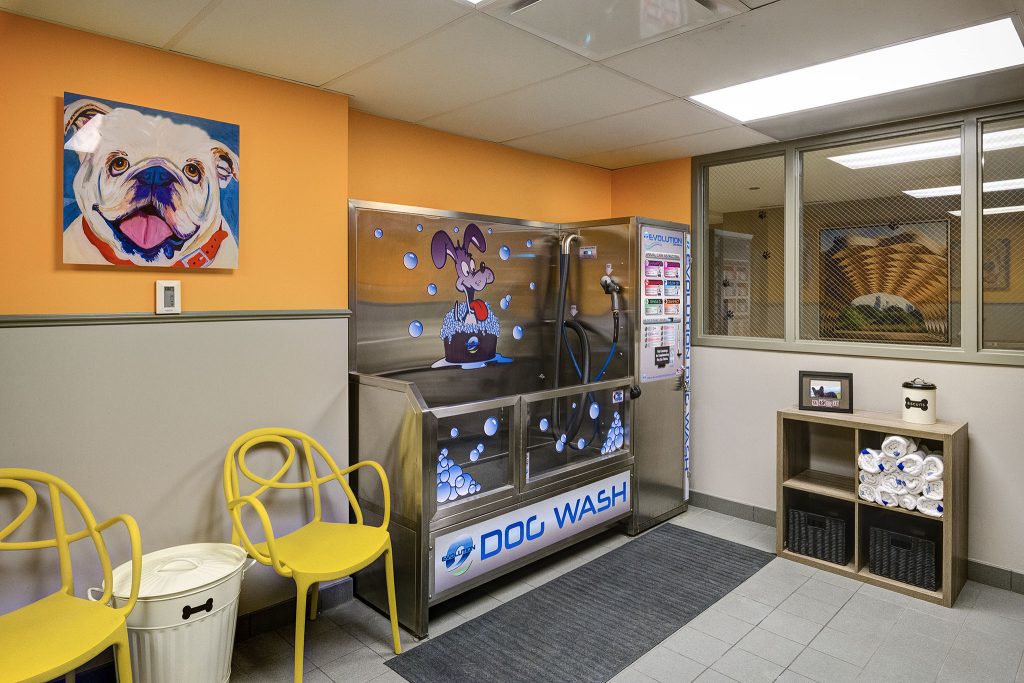
Home Sharing Income
The total student loan debt in 2018 was $1.6 trillion, which has made it difficult for recent college graduates to save. With rents increasing in larger cities, Millennials are seeking side-hustle income property opportunities. Traditionally, this has been conducted by property owners, but Airbnb and certain landlords have recognized an opportunity and market for home-sharing for tenants. Niido Powered by Airbnb launched in 2018 and features rentals in Orlando and Nashville. “Rent your couch, a room, or your entire apartment to offset your rent or pay for your next trip,” according to the company website. “By using your apartment to generate extra income, we enable residents to spend their time and money the way they want, while at the same time supporting a global community of travelers and adventure seekers.”
Conclusion As the largest living generation, Millennials know what they want, and the multifamily housing market is responding. Whether they land in the big cities or surrounding suburbs, Millennials are motivating multifamily operators to provide access, amenities, income opportunities, and modernization.
How Multifamily Investors are Urbanizing the Suburbs
Baby boomers and millennials have their sights set on dynamic, live, work, and play opportunities in the suburbs. In other words, the urbanization of the suburbs is here, and multifamily investors are responding in kind. In a sense, the suburban market is being turned on its head as investors create a practical transfer of urban-style features–including walkability, access to retail and restaurant amenities, and dense housing–beyond the city limits.
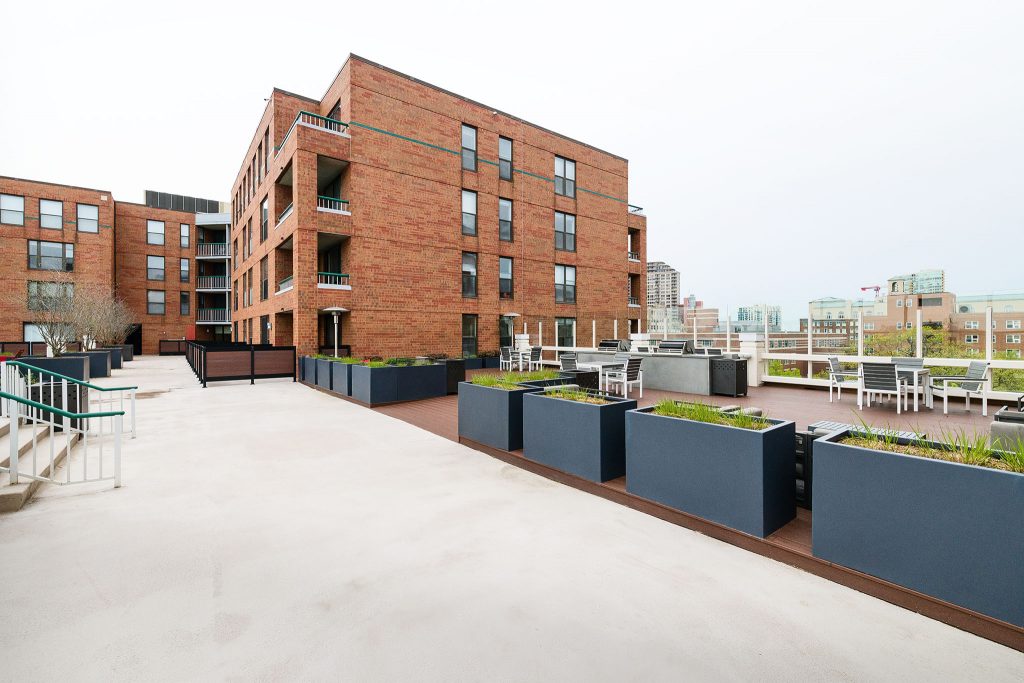
These factors outline how multifamily investors are urbanizing the suburbs.
Determine Your Target Tenants If Baby Boomers and Millennials are the largest cohort making the transition to the suburbs, it’s important to focus on demographic subgroups. “Maturing” Millennials, for example, are leaving urban communities to give the suburbs a dry run before raising a family. They expect class A market features but at lower rents. Then there are “gray-collar” renters whose household income and education levels and population-growth exceed national standards.
Investors understand that you can’t fit a square peg in a round hole by trying to replicate city-living in the suburbs. “As these sub-hubs multiply across the country, what’s clear is that no single prototype will work since suburbs vary from tiny communities with a single stoplight to large ones considered small cities,” According to Multifamily Executive. “Yet, the locations most likely to thrive share the common denominator of being hybrids that borrow some parts from their lively urban counterparts and retain their bucolic and other suburban advantages.”

Proximity to Jobs and Transportation
Employment opportunities close to residents can be a strong incentive for investors when selecting one suburban site versus another. There needs to be some form of mass transit or highway network to get residents to them. Chevy Chase Lake, for example, is a mixed-use, transit-oriented community in the Maryland suburb of Chevy Chase close to Washington, D.C. with access to the Metro’s Purple Line. Just to the north in Rockville an 1,100-unit multifamily neighborhood is being developed in a 90-acre industrial park along another Metro line.
However, development is proving to be more challenging in Tysons, Virginia, an “edge city” of DC. “The grid of streets planned for Tysons exposes the challenges of transforming suburbia,” according to Public Square: A CNU Journal. “The grid is mostly internal, with few connections to surrounding subdivisions. Three highways interrupt the network. The plan now underway is a huge improvement, yet ongoing retrofit is needed, perhaps decades from now, that connects the downtown to surrounding cul-de-sacs and loop roads.”
“Placemaking, if applied thoughtfully and well executed, provides the soul for our communities through the design of a contextual urban framework of pedestrian friendly neighborhoods, open spaces and a vibrant urban environment created by the layered realm of architecture, landscaping, signage and lighting.”
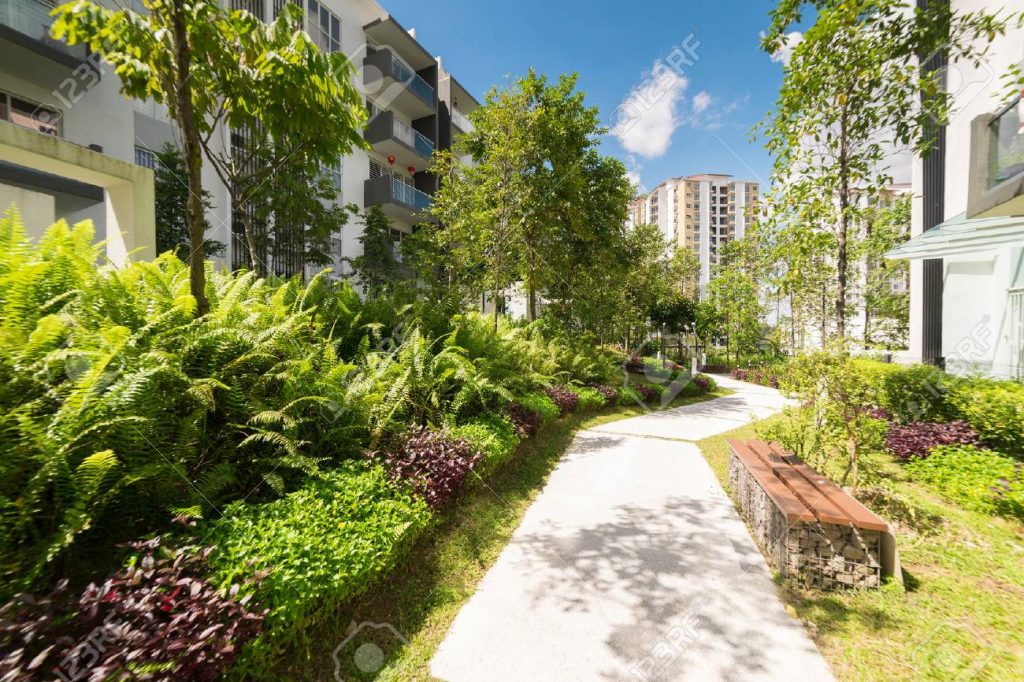
Gain Buy-In From the Community
Compared to large cities, elements of multifamily renovation can be more difficult in suburban areas, including zoning and acquiring variances. Building trust with the community is an important step in choosing a community location.
Multifamily Executive emphasizes this point, using the example of a multifamily property in Richmond, Virginia: “Richmond, Va., which experienced a boom in Millennials moving downtown after 2010, is now seeing a swing back to the suburbs. Good infrastructure was already in place in Richmond’s suburban counties like Henrico County. But to attract mixed-use, multifamily living, the suburban counties recognized that traditional policies and approaches to land planning needed to adjust. Rather than create big urban-like downtown cores in various suburbs, the goal was to fashion compact, pedestrian-focused projects along existing corridors to stimulate development and rejuvenation that takes advantage of existing infrastructure.”

Locate Near Office and Retail
Retail, office, and residents need each other. The success of a neighborhood relies on the well-planned intersection of commercial and multifamily renovation. Similar to the proximity of communities to transit, everything should be close by. Tenants want to live five minutes from
from coffee bars, grocery stores, and entertainment. Finding the right balance is key, according to Multifamily Executive: “The answer for both suburbs—as well as cities, even large ones—may lie in seeking retailers that have learned the importance of experiential features that consumers seem to find more relevant rather than stacks of merchandise. Entrepreneurial leaders like Apple are rolling out ideas such as workshops and classes.”
Amenities, Amenities, Amenities
Amenities are significant considerations for multifamily living. We’ve written previously about the importance of amenity upgrades to attracting new tenants. To avoid the risk of trying too hard and unrealistically to mimic vibrant cities, investors are taking advantage of neighborhood natural amenities in their backyards, like parks, lakes, and trails. We recently renovated multiple units and hallways, as well as the package room and pool-area restrooms of a multifamily, student-centered apartment building in Evanston, an edge city of Chicago. Students also have access to the Clark Street beach and trails along Lake Michigan.
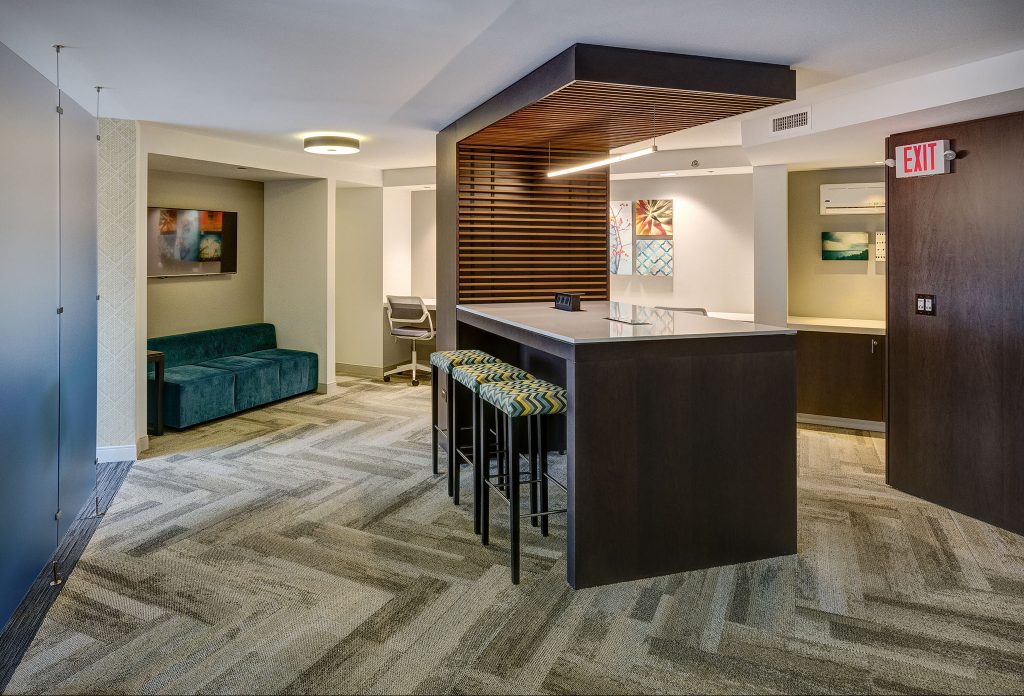
Conclusion
There is a shift afoot in which investors are attracting renters from the big cities. We’ll give the last word to Jose Sanchez, retail and mixed-use design leader at DLR Group, who told GlobeSt.com, “Demographic shifts illustrated that we are becoming a society that values main streets more than backyards. Walkability, density, sense of community, mixed uses and a diverse population are bringing new life to the suburbs. Placemaking, if applied thoughtfully and well executed, provides the soul for our communities through the design of a contextual urban framework of pedestrian friendly neighborhoods, open spaces and a vibrant urban environment created by the layered realm of architecture, landscaping, signage and lighting. It is also vital to understand that these new town centers should be developed in a way to attract multiple demographics and economic classes through inclusive design and programming.”
